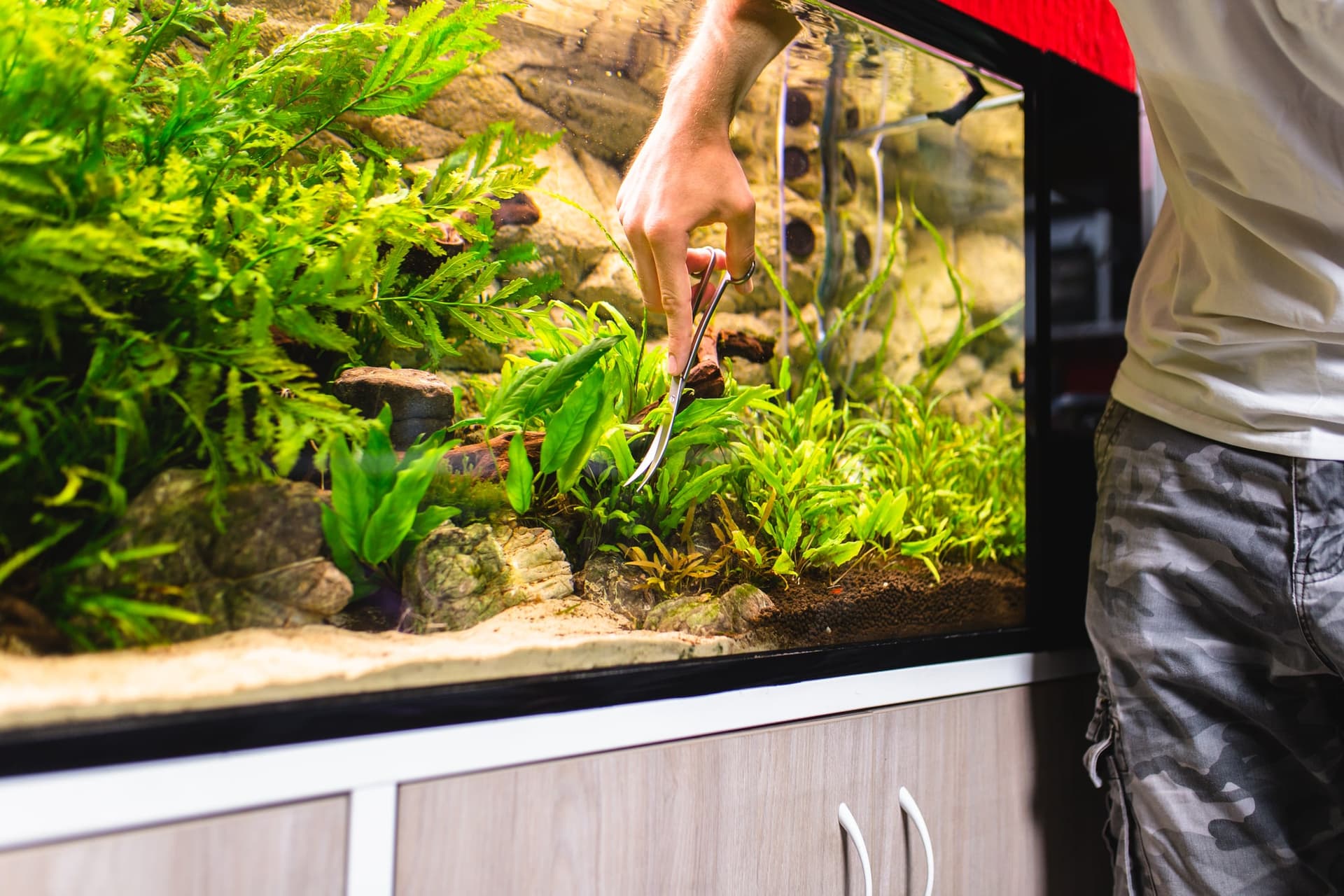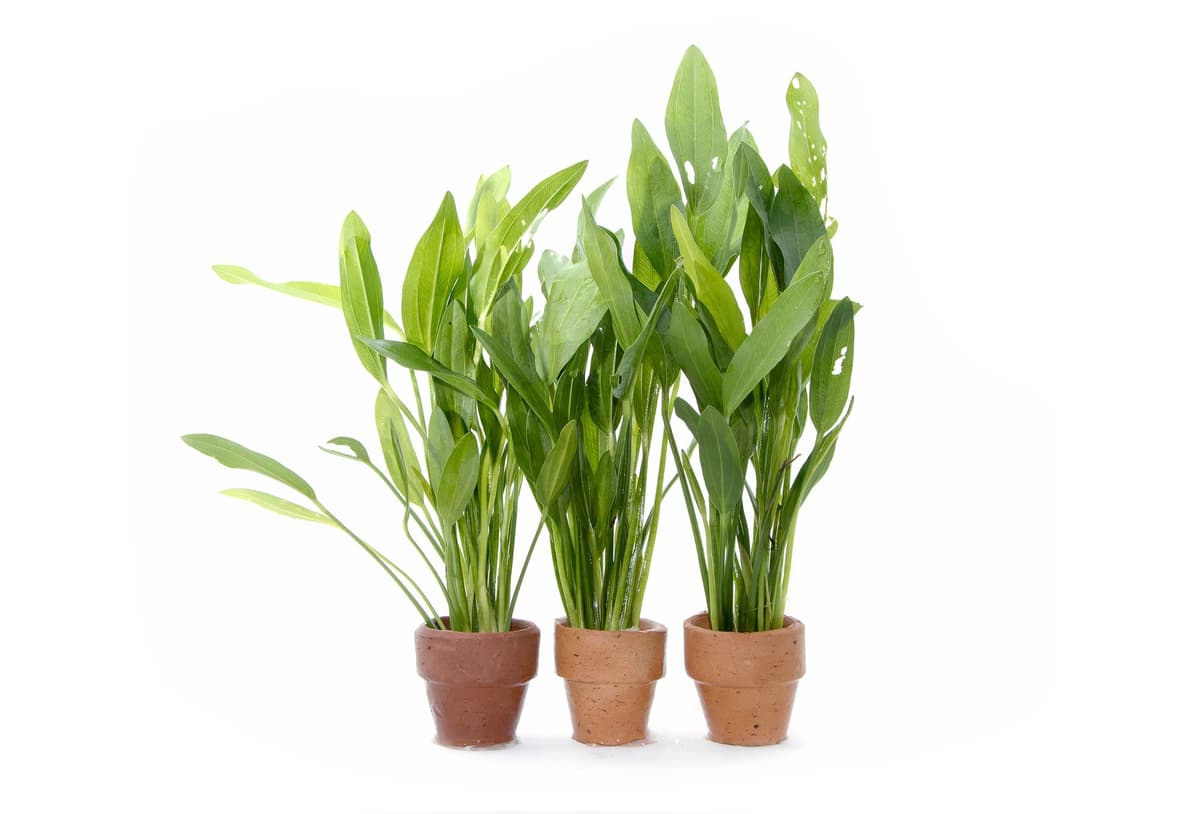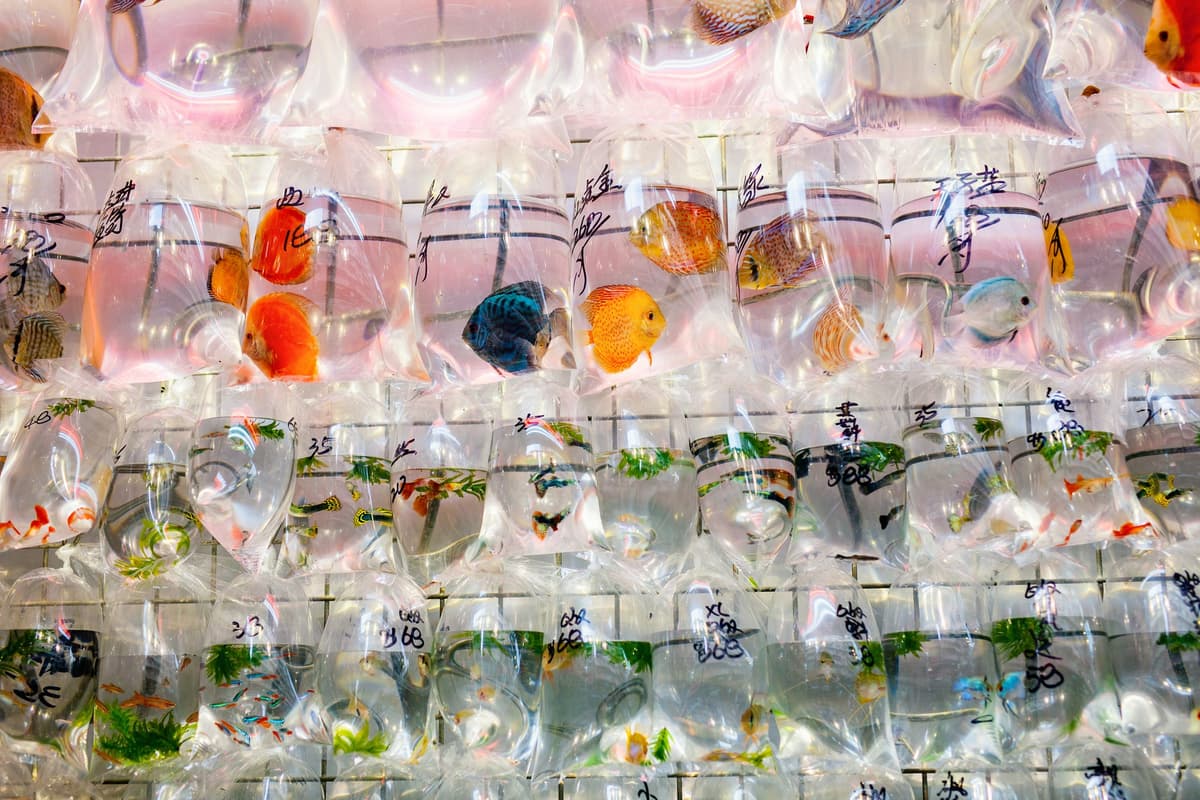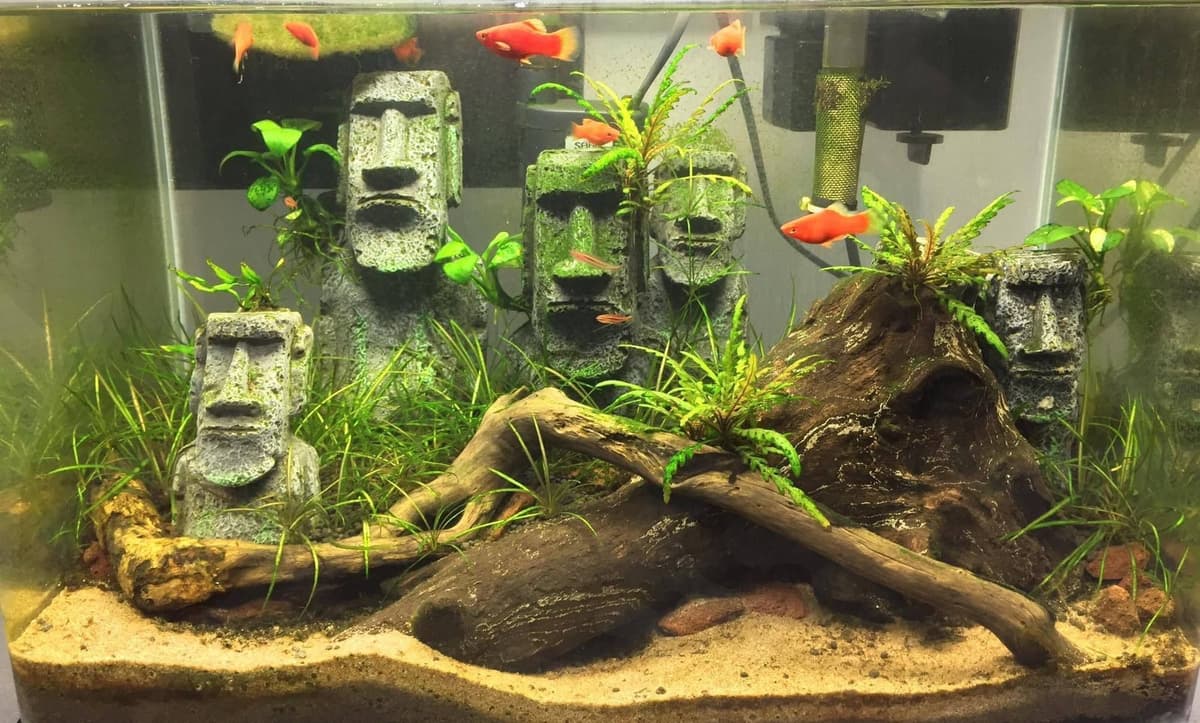Creating a good looking planted tank is often hard for beginners, and they may find it challenging to keep it going once started. As a result, many people give up too soon due to their lack of success.
Here are 10 tips to help you succeed with a planted aquarium
1. The bigger the aquarium, the better
Many aquarium lovers are shocked to learn that a larger tank has less problems than a smaller tank since contamination from organic waste is dissolved more in a greater volume of water. Temperature variations are also kept to a minimum.
2. Keep the number of fish in check
Don't overcrowd your aquarium with too many fish. When you have too many fish, they'll produce more organic waste, which will easily pollute your aquarium and cause algae problems.
Overstocking a tank puts too much stress on the fish. It causes harmful levels of nitrogenous and organic waste to accumulate quickly, as any experienced (or even not so seasoned) fishkeeper will tell you. This can be an efficient formula for growing an algae farm in a planted aquarium when fertilizer is also added. Overcrowding is stressful for both the fish and the person who keeps them!
3. Daily maintenance
Minor regular maintenance, such as scraping the glass for spot algae, scooping out floating leaves, and some essential stem plant trimming, can save you more time than extensive maintenance or a big plant trimming session once a year. You'll be able to spot problems if you take care of your aquarium regularly. If not, they become unmanageable later on.
4. Plant as densely as possible
This one is a bit more subtle. Why would you waste time (and possibly money) heavily planting a new tank when it will eventually fill? While it would be perfect if things were that easy, a sparsely planted tank will take a long time to fill in. Meanwhile, algae will be able to take advantage of the lack of competition for light and nutrients and will be able to take over. Furthermore, the tank would appear underplanted for an excessively long period of time. That's why it's best to use aquarium plants to fill as much space as possible. When we set up a new tank, we generally leave a centimeter or two between each plant.
Try to fit as many plants as you can into the tank right away, and always select good plants. Algae would be less likely to grow if there are more healthy plants developing.
5. Consistent fertilization is necessary
Fertilization is highly beneficial to plants. Algae will have a more challenging time growing if the plants are healthy and flourishing. You'll be happier as well if your tank is filled with lush greenery. Dosing can be done regularly for better aquarium health.
6. Purchase a high-quality substrate
A planted aquarium's substrate will take the aquarium to its perfection. With its rich natural organic compounds, a good quality substrate encourages plant growth and lasts longer.
Aside from great plant choices, bushy growth, and a well-balanced hardscape, they probably have one thing in common: a relatively thin substrate at the front of the tank. The layer along the front of the glass should be 3 cm tall at most. You may have a very thin layer of sand at the front (natural, more extensive grained sand, not white pool filter sand) that rises in height as it falls further back in the tank and reaches the actual substrate, this gives a sense of depth and makes your tank feel even bigger!
7. Buy a quality CO2 device
Slow-growing plants need CO2 to grow. A suitable CO2 device ensures that the right amount of CO2 is pumped every time, increasing your chances of success with a planted aquarium.
8. Make sure you have adequate lighting
For a planted tank, lighting is crucial, ensuring you have the proper lighting levels for your plants. Excessive lighting stimulates algae growth, while inadequate lighting prevents plant growth. Remember to limit the number of hours you expose your plants to light to no more than 8-10 hours per day.
9. Trim often and do not plant stems too far apart
Have you ever looked at a tank (possibly your own) and thought something was wrong, at least visually? Aside from the previously mentioned thick substrate problem, having widely spaced, string-like stem plants is another famous visual blunder. As previously stated, it is better to plant densely; it is a fallacy that plants need an extensive berth to "breathe" or receive adequate light.
Furthermore, if left uncut, stem plants are unable to form branches. However, most stem plants can grow two buds right below where the cut was made for each trim. Allowing these buds to grow for a while and then trimming each of their ends produces an almost exponential effect, resulting in a branching bush. This technique, coupled with dense planting from the outset, gives experienced qualified aquascapers' tanks their bushy, filled out appearance.
10. Select the right aquarium filter
A small filter can stifle the growth of a high-tech, high-nutrient tank. It's preferable to go for the oversized look. The additional filtration media in the tank provides more surface space for beneficial bacteria to flourish. The high water turnover ensures that the tank is well oxygenated and has a consistent flow. However, if the filter is too thin, you risk stunted growth and algae problems (not to mention the danger posed to livestock).
We wish you the best of luck with your planted tank!





